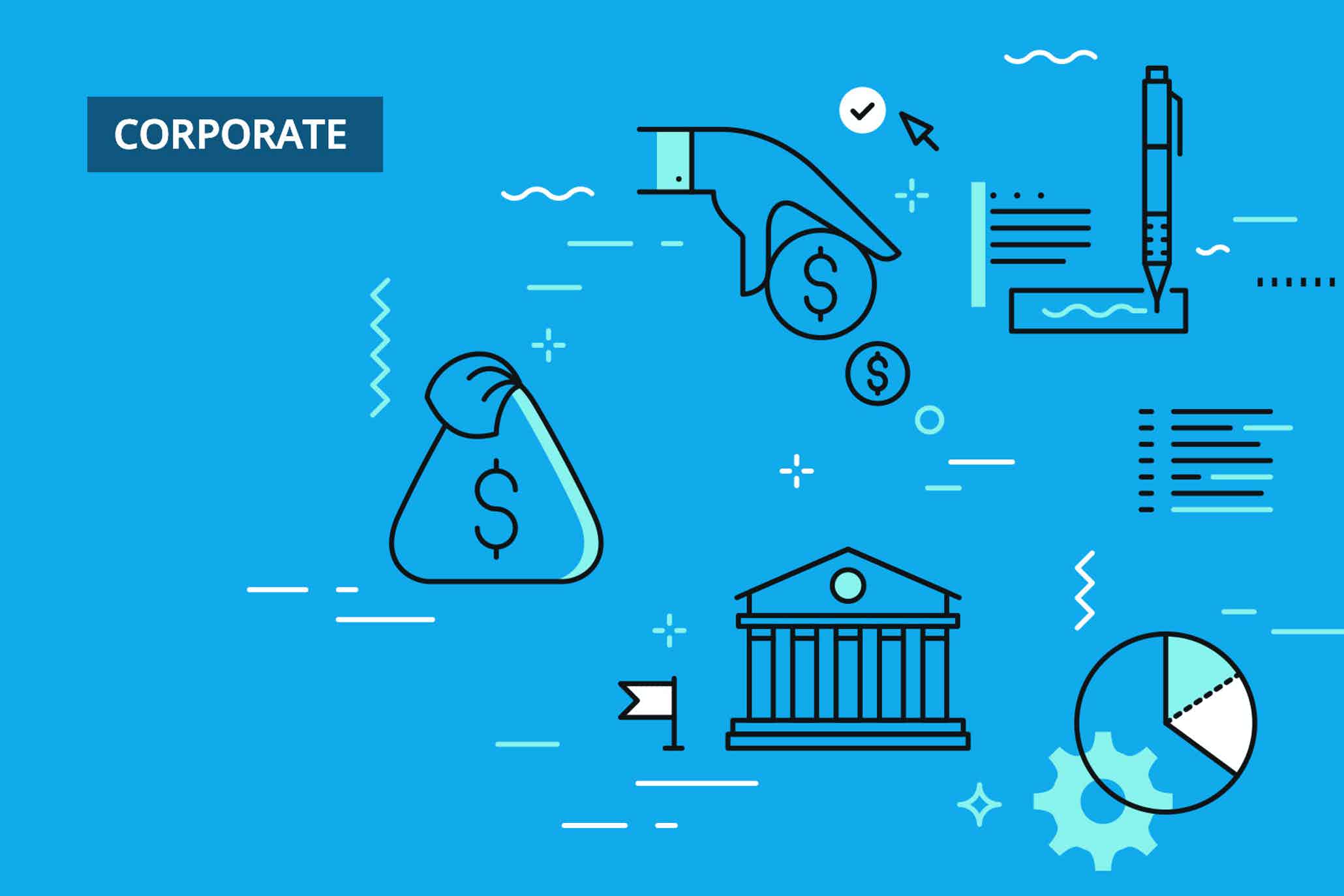How can optimizing the campaigns for long-Term ROI?



Imagine you’ve been working on Search Engine Optimization Services for a while now; say three, six or even twelve months. You’ve had solid winners each month, as well as you’re confident in the test results. These are not fantasy lifts. But now your conversion rate looks the similar as while you started. How do you explain this to the boss/client?Not actually surprising, really. Measuring ROI of optimization is firm.
Time Period Comparison in Analytics (Why It’s Wrong)
If asked to analyseenhancement in conversion rate due to optimization efforts, most people would point to Google Analytics. They would do a time period comparison, finding back 6-12 months ago when you started the campaign as well as comparing with the conversion rate you have now (linear analysis).
First, more traffic doesn’t guarantee an ROI as there are other influential factors outside of it. Second, more traffic will never solve deeper marketing, sales, operational, leadership, or product quality problems. Lastly, you must also comprehend that not all traffic is created equal. That applies to organic search traffic as well.
Find clarity in your plan by making an initial outline. Look at historical data; pinpoint any trends. Then, flesh out your outline into a detailed plan. Figure out how you can install analytics into your existing process, like sending marketing emails as well as launching new products.
Realize the significance of measuring ROI to get the full benefits of your marketing dollars.
Be an investigator! Plan and search for ways to measure efficiency in your organization by:
Experiment Frequently
Experimentation offers opportunities for your business to go faster its growth. Testing should not only offer insight, however also alternatives. Furthermore, it doesn’t have to be a cumbersome procedure; easy business experiments work well.
Sales, Sales As Well AS More Sales
The Information Age has created an innovative type of consumer—an informed buyer. People now make purchases based on blogs, reviews as well as social networks. The good news for your business is which you have access to the similar information. The bad news: your team doesn’t recognize how to translate that data into revenue.
Purchase Reinforcement
Buy reinforcement refers to repeat-buying as the consequence of the initial marketing-induced purchase. It is equivalent to the concept of “customer retention” in relationship oriented businesses, and may be built by word-of-mouth. Purchase reinforcement constructs long-term sales without it, long-term impact cannot materialize.
Decision rules
Decision rules refer to the effect of promotion spending on other parts of the marketing mix. For example, reductions in trade promotions to offset promotion spend or increases in sales calls or increases in retail pricing to capitalize on positive consumer response to advertising.
This source of long-term marketing impact results from coordinated marketing strategy and mix decisions informed by management’s learning from observed short-term effects.